Cannabis is composed of more than just CBD and THC. In fact, there are hundreds of cannabinoids, most falling into either major or minor categories. While CBD (cannabidiol) and THC (tetrahydrocannabinol) are considered major cannabinoids due to their abundance and extensive study, lesser-known compounds like CBN (cannabinol) are classified as minor cannabinoids.
CBN is gaining attention for its unique characteristics, but how does it compare to other cannabinoids? Let’s explore what makes CBN distinct, how it's formed, and what early research and consumer interest are revealing.
Cannabinol Synthesis and Derivatives
There are several known derivatives of cannabinol, but they are generally grouped under the umbrella of “CBN.” Like THC and CBD, CBN also exists in an acidic form, known as CBNA (cannabinolic acid), which is considered “inactive” until decarboxylated (heated).
How CBN Is Made:
The CBGA (cannabigerolic acid) precursor converts into THCA (tetrahydrocannabinolic acid).
Over time and with exposure to oxygen, light, or heat, THCA degrades into CBNA.
When heated, CBNA converts into CBN through decarboxylation.
This process makes CBN more prevalent in aged cannabis, which is why older cannabis samples often contain higher levels of this compound.
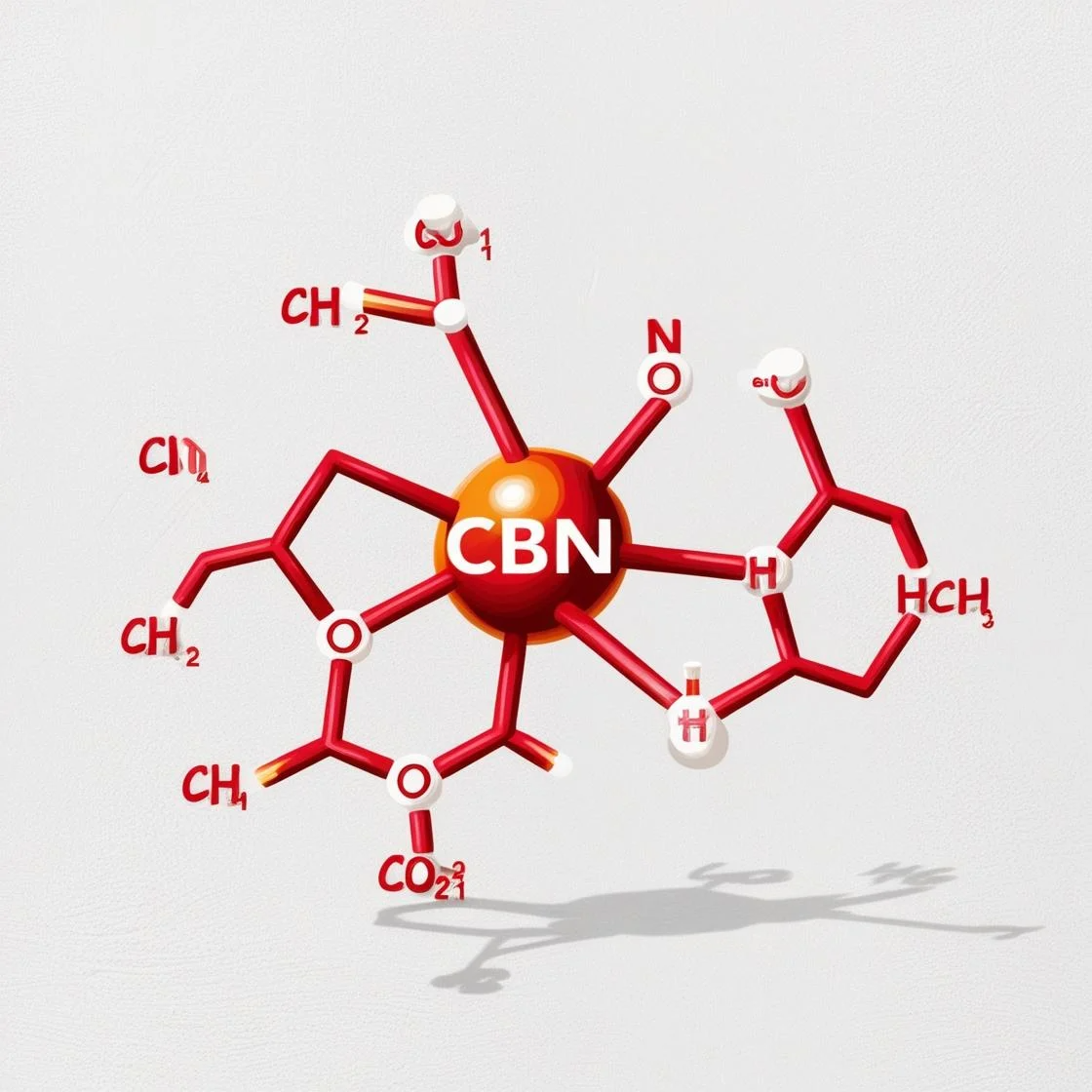 The cannabinol (CBN) molecule
The cannabinol (CBN) molecule CBN is a non-enzymatic oxidative by-product of THC, more prominent in aged cannabis samples…
-From “Taming THC” by Ethan Russo
How Does CBN Compare to CBD?
While CBN and CBD are both non-intoxicating and interact with the endocannabinoid system, their effects may differ based on how they bind to receptors in the body. Here’s a quick breakdown:
| Cannabinoid | Psychoactive? | Source | Common Uses |
|---|---|---|---|
| CBD | No | Hemp/Cannabis | Often used in wellness routines |
| CBN | Mildly, if at all | Aged THC | Gaining popularity in nighttime-use products |
Research has shown that CBN has a lower affinity for CB1 and CB2 receptors than THC, similar to CBD. However, anecdotal reports and early studies suggest CBN may have different properties and is often explored for its relaxation-related potential, especially when combined with other cannabinoids or terpenes.
Can You Buy Cannabinol (CBN) Legally?
CBN occupies a gray area in cannabis regulation. If derived from hemp (defined as containing ≤0.3% delta-9 THC), CBN is generally considered legal under the 2018 Farm Bill. However, because CBN is not found in large amounts in hemp, it is often synthesized from THC or CBD via chemical conversion.
This places it in a similar legal situation to delta-8 THC, which is under increased scrutiny by the DEA due to its psychoactive effects and synthetic processing. While CBN is only mildly psychoactive, if at all, and often marketed for its calming profile, future regulatory actions could affect its availability.
? Note: Laws may vary by state and are evolving. Always check with local regulations before purchasing CBN products.
CBN vs Delta-8 THC
Though both are cannabinoids with potential for non-intoxicating or mild psychoactive properties, their origin, legal status, and consumer uses differ:
| Feature | CBN | Delta-8 THC |
|---|---|---|
| Naturally Occurring | In trace amounts | In trace amounts |
| Psychoactivity | Minimal to none | Mildly intoxicating |
| Common Source | Aged THC or lab-synthesized | Synthesized from CBD |
| Legal Status | Variable, state-dependent | Under increased DEA scrutiny |
References
- ElSohly, M. A., Radwan, M. M., Gul, W., Chandra, S., & Galal, A. (2017). Phytochemistry of Cannabis sativa L. In Phytocannabinoids (pp. 1-36). Springer, Cham.
- Farrimond, J. A., Whalley, B. J., & Williams, C. M. (2012). Cannabinol and cannabidiol exert opposing effects on rat feeding patterns. Psychopharmacology, 223(1), 117-129.
- Russo, E. B. (2011). Taming THC: potential cannabis synergy and phytocannabinoid‐terpenoid entourage effects. British journal of pharmacology, 163(7), 1344-1364.

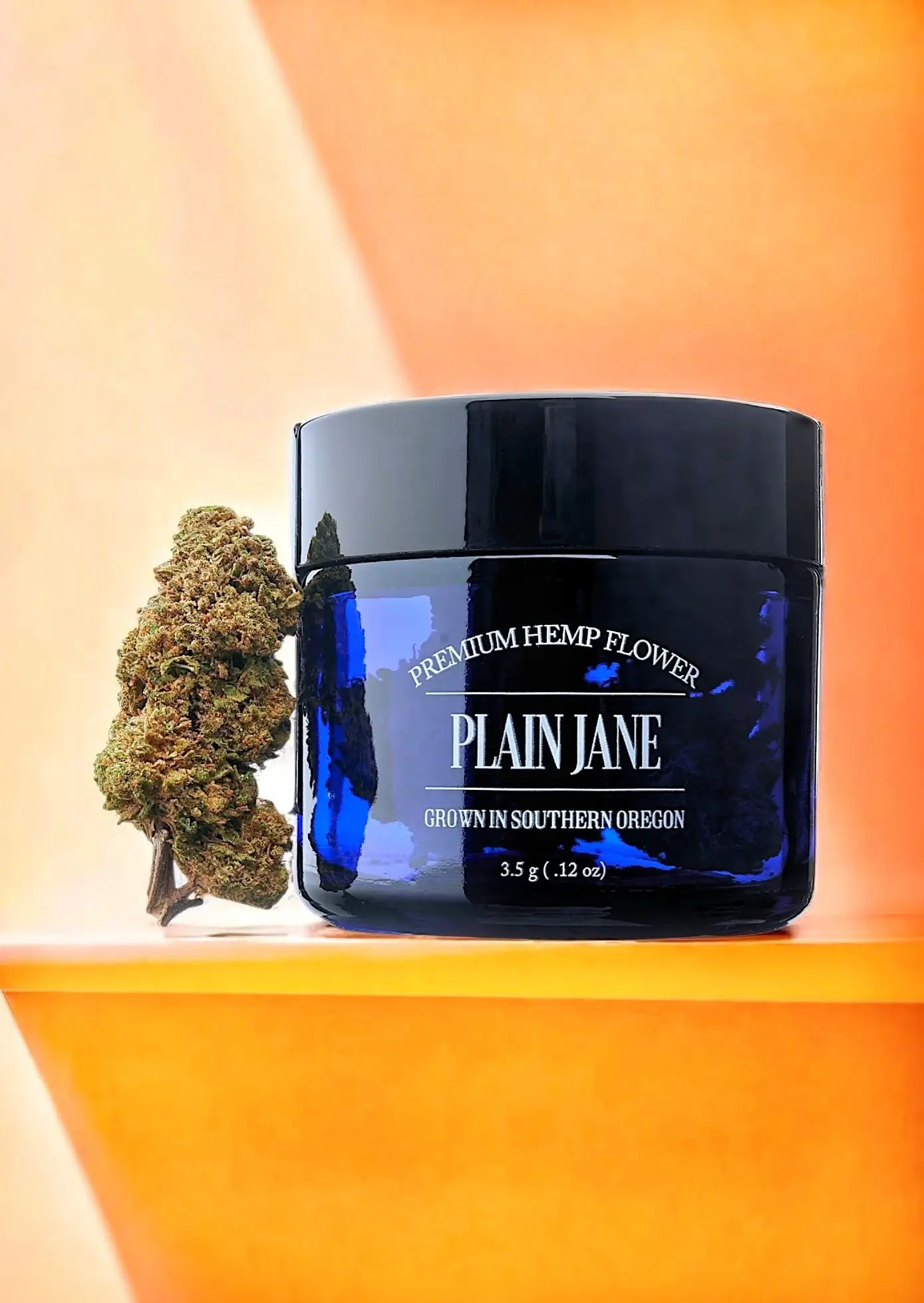
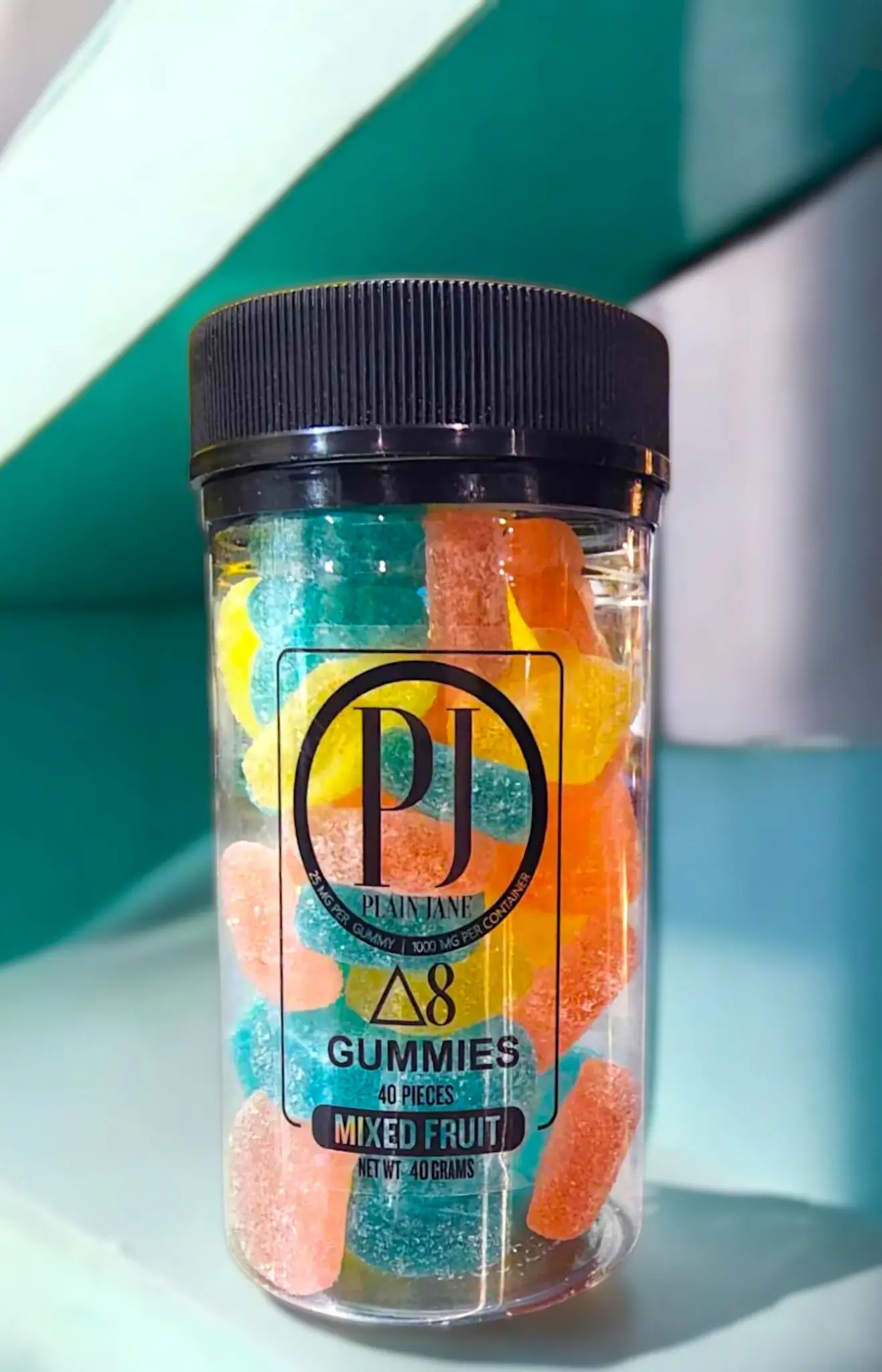
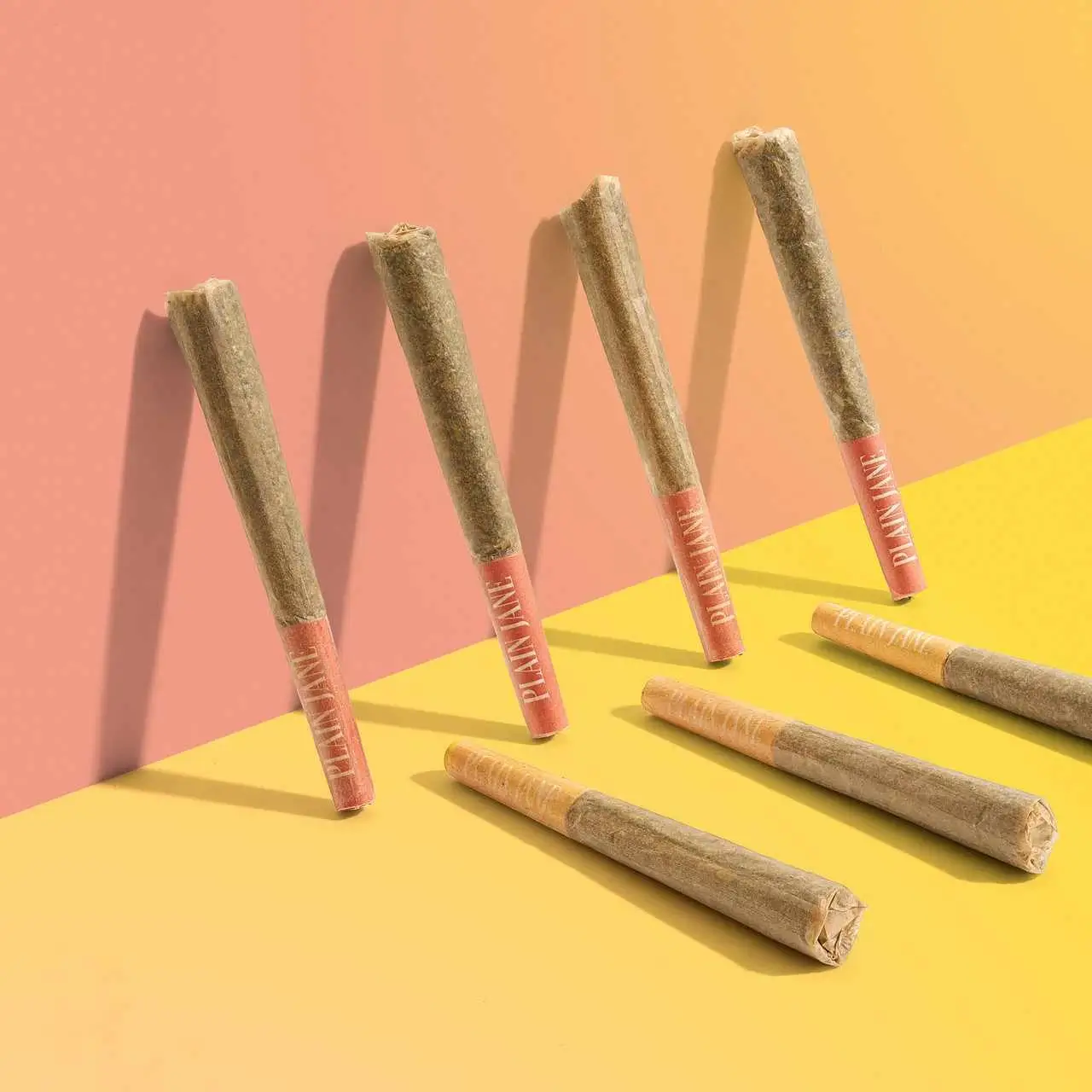


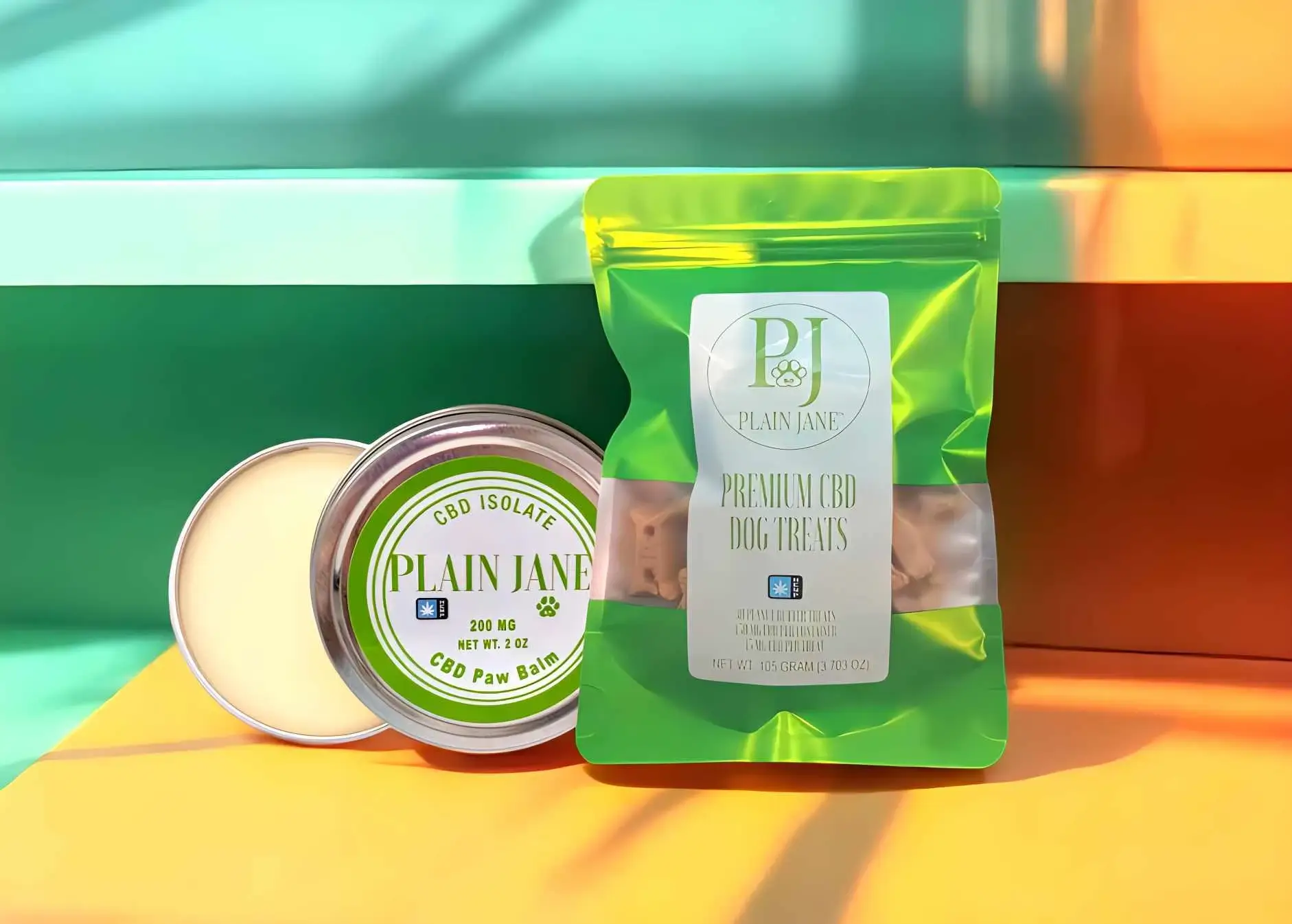



0 comments